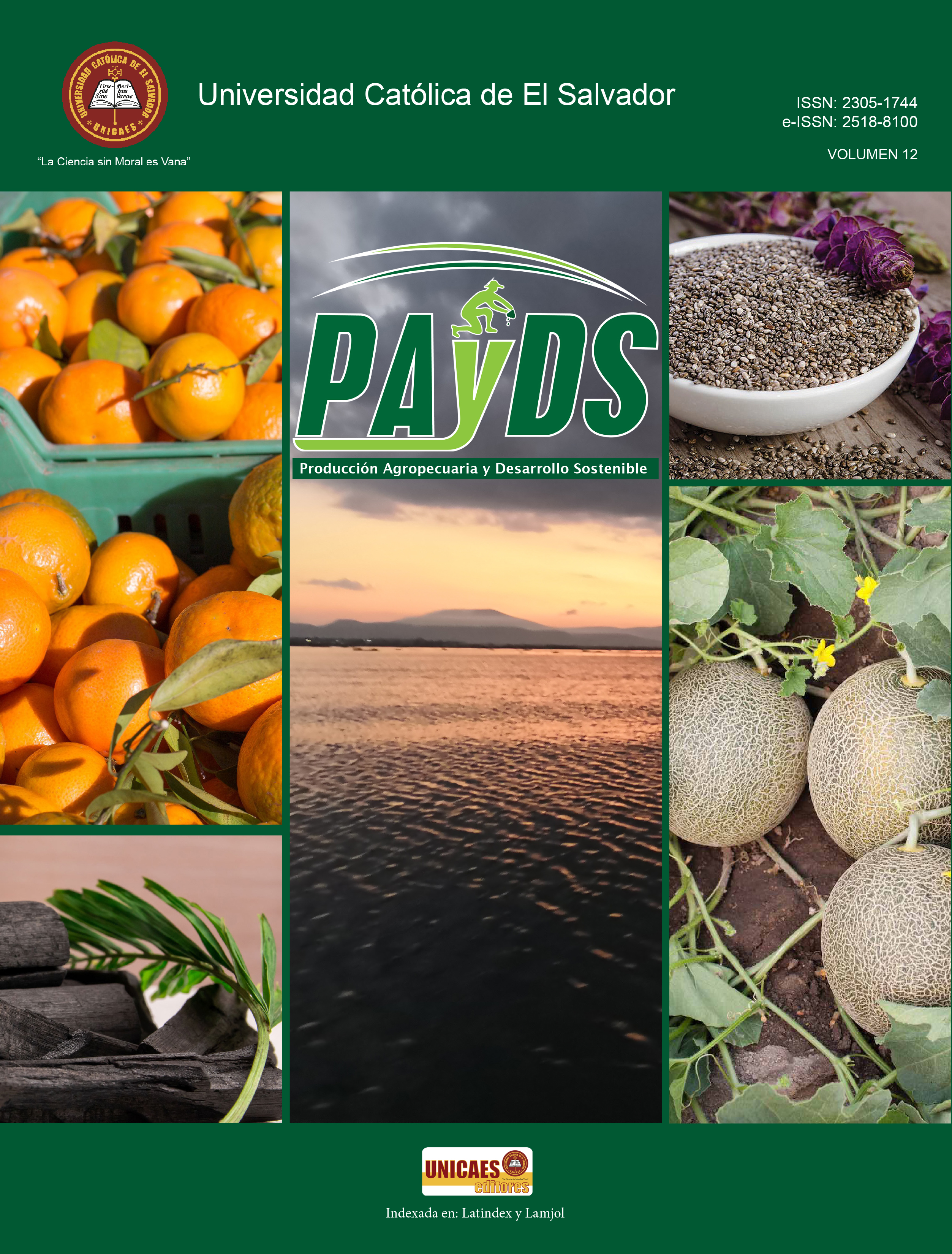Design of a variable width chassis prototype for an agricultural cultivator
DOI:
https://doi.org/10.5377/payds.v12i1.17417Keywords:
Sugar cane, tillage implements, mechanized agriculture, weed control, conservation tillageAbstract
This paper presents the design of a chassis for an agricultural cultivator, focusing on the quick adjustment of row width. This addresses the diversity of planting widths found in the fields of El Salvador and the various needs faced by farmers based on the type of crop, irrigation system, and available machinery. A new chassis design is proposed that allows for rapid and precise adjustment of row width while supporting adverse terrain conditions and facilitating operator work.
A hybrid methodology was employed, combining the analysis of operation results from a previously developed test machine and the theoretical design of new variable adjustment features. Mechanical engineering equations were used to calculate implement efficiency, stress distribution in the chassis, cutting forces on bolts, and power requirements.
The results confirm the operational feasibility of the proposed design as an initial approach to evaluating design aspects, materials, and strengths of agricultural cultivators. They also guide the future development of prototypes for field testing. This research lays the groundwork for the development of innovative and adaptable agricultural implements with the potential to improve national agricultural practices, making a significant contribution to the agricultural sector.
Downloads
313
Downloads
Published
How to Cite
Issue
Section
License

This work is licensed under a Creative Commons Attribution-NonCommercial 4.0 International License.
© Producción Agropecuaria y Desarrollo Sostenible
Copyright of the articles is transferred to the journal Producción Agropecuaria y Desarrollo Sostenible
As a user of this journal, you have:
- Open access to consult the information contained in this issue
- Permission to copy, distribute, display, perform or combine past practices in the use of information, provided it is strictly non-profit.
This journal uses a CC BY-NC license





